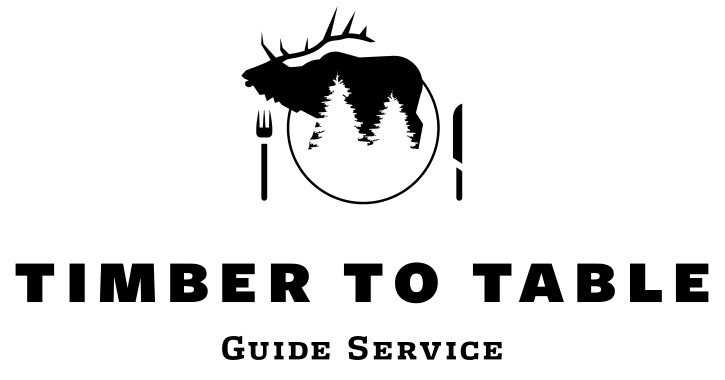The prospect of certain populations of grizzly bears being removed from the Endangered Species List is good news in my opinion. As grizzly populations in the Greater Yellowstone Ecosystem and the Northern Continental Divide Ecosystem (Glacier NP area) reach carrying capacity, consideration for delisting bears in these two population zones gains momentum. As with wolves, this delisting process will be controversial.
Below is a recent op-ed in the New York Times, where Steven Rinella makes some thoughtful points addressing the possible delisting of the Greater Yellowstone grizzly bear population. This piece was published in the New York Times on May 9, 2016:
LIKE many hunters, I dream of one day getting a grizzly bear. Yet I’ve passed up numerous opportunities to legally kill grizzlies, both in Alaska and Canada, where their numbers are plentiful. Even though I hunt for all of my meat, I have opted instead to relish being close to these remarkable animals.
It’s important to say this up front. A common refrain among critics of the United States Fish and Wildlife Service’s proposal to remove threatened species protection for grizzly bears in the region around Yellowstone National Park as early as this year is that proponents are motivated only by the desire to shoot one, or to see them vanish altogether.
My belief that the bears should be taken off the threatened species list has to do with the integrity of the Endangered Species Act. Blocking the delisting of charismatic, Instagram-worthy megafauna like bears and wolves undermines the credibility of the act while costing taxpayers millions and diverting resources away from genuinely imperiled, if less photogenic, species.
Around 2,000 species have been listed as threatened or endangered under the Endangered Species Act since Richard M. Nixon signed it into law in 1973. Only about three dozen have been taken off the lists because their numbers have recovered. Managing endangered species is expensive, and the regulations can be onerous. That they carry such low assurances of success has cost the act support among state governments and landowners who shoulder much of the financial burden. There is increasing hostility toward the act, and toward the species themselves.
The grizzly bear was listed as threatened across its historic range in the lower 48 in 1975. After a century of unregulated hunting and habitat destruction, there were as few as 136 left in those portions of Montana, Idaho and Wyoming known as the Greater Yellowstone Ecosystem. Today, their population in the region has increased to an estimated 700 or more. Many experts argue that this is close to the maximum number the area can support and it goes well beyond meeting federal recovery criteria, which include a minimum of 48 females with cubs less than a year old.
Opponents of delisting argue that grizzlies have yet to recover across their historic range, which extends roughly from the Missouri River to the Pacific Coast. But the Fish and Wildlife Service has addressed this problem by dividing the bears into “distinct population segments” and proposing that only one segment be delisted. After all, the grizzly’s absence from Golden Gate Park is hardly indicative of its status in the Indiana-size chunk of land surrounding Yellowstone.
It’s also said that the Yellowstone grizzly bears continue to face threats because of the uncertainties of climate change. This argument was used to reverse an earlier delisting in 2007. Then, critics pointed to major die-offs of whitebark pine, whose nuts are a favored grizzly food. Since then, however, there’s been no convincing evidence that the pine’s problems have affected grizzly numbers.
Perhaps the most irrational claim has to do with federal versus state oversight. Once the Yellowstone grizzlies are delisted, they will become the responsibility of tribal and state wildlife agencies in Idaho, Montana and Wyoming. Critics say the states lack the money and expertise to protect the bears. But last year Wyoming spent more than $2 million on grizzly bear research, problem animals and public education efforts. What’s more, the wildlife agencies in those states are already managing many large mammals, including mountain lions, elk, American pronghorn, bighorn sheep, mountain goats and moose. It’s wrongheaded to suggest that they are like teenagers, waiting to rebel once their parents leave town.
The federal government must approve the states’ management plans before the delisting can move forward, and the National Park Service will continue to be responsible for the grizzlies within its parks.
Finally, it is likely that Montana, Idaho and Wyoming will use hunting as a tool to deter bears from occupying areas with high risks of human-grizzly conflicts. But any hunting will be tightly regulated. The killing of females with cubs, or of unaccompanied cubs, will be illegal. Any grizzly killed by a hunter will be counted toward a mortality ceiling that will also include bears killed by cars and even natural causes. Once that threshold is met, hunting will be cut off. If the cap is exceeded, those deaths will be counted against the next year. This will ensure a thriving, stable population.
If a grizzly hunt is too painful for some to endure, consider what will happen if the delisting of grizzlies is blocked by lawsuits. The credibility of the Endangered Species Act will continue to erode. There is a limit to political and public tolerance for sacrifice on behalf of wildlife. It should not be wasted on those species that have recovered, especially when we’ve got so many more waiting in line.
